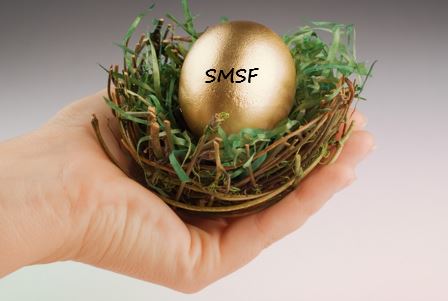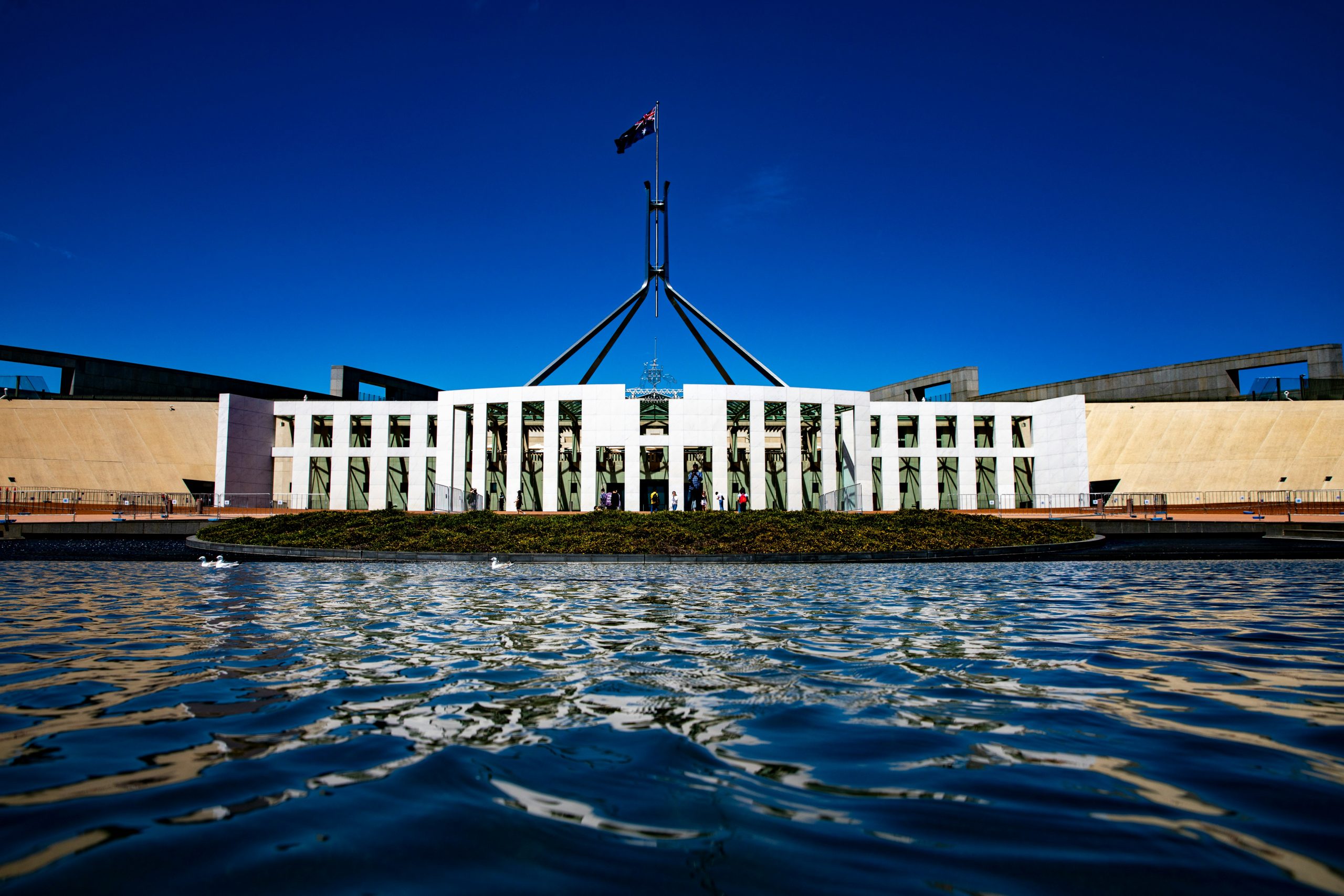Changes to the Australian superannuation system come into effect from 1 July 2017. We have prepared an overview of the changes as they concern self-managed superfunds (SMSF), and tips for trustees to get their affairs in order before the end of financial year (30 June 2017).
Valuations
From 1 July 2017, a SMSF member accessing a retirement pension can only have assets worth up to $1.6 million in their retirement pension account.
- This limit applies to all their pensions, not per superfund.
- The Special Value of any lifetime pensions or market linked pensions will need to be assessed to determine if they have exceeded the $1.6 million transfer cap.
Tips for SMSF trustees:
- If a SMSF member expects to have more than $1.6 million of superannuation in their retirement pension account, you should seek advice and take action before July 2017. Anyone with more the $1.6 million of super in retirement phase as at 1 July 2017 will be forced to withdraw the excess and an excess transfer balance tax will also apply
- There will be a grace period of 6 months if the excess is less than $100,000.
- Refer to the ATO’s Valuation Guidelines for SMSFs to value a SMSF’s assets.
Contributions
From 1 July 2017, contributions limits are being reduced from $30,000 to $25,000 per annum for concessional contributions and from $180,000 to $100,000 per annum for non-concessional contributions.
Tips for SMSF trustees:
- SMSF members need to ensure their contributions are received by their SMSF on or before 30 June 2017 in order to use the higher limits available under the current law.
- SMSF members under the age of 65 should check their non-concessional contributions made during a three financial year period to determine if the two year bring forward provision has been triggered. This may affect the amount they can contribute in the current financial year and from 1 July 2017.
- Salary sacrifice contributions are concessional contributions. Trustees should check their records before contributing more to avoid exceeding the concessional contributions cap.
- A SMSF member’s total superannuation balance as at 30 June 2017 is taken into account for their eligibility to make non-concessional contributions from 1 July 2017.
Spouse tax offset
A 18% tax offset up to $540 will continue to be available for any member contributing to a spouse’s eligible super fund whose income is up to $37,000 (this threshold has been increased from $10,800). The offset is gradually reduced for income above $37,000 and cuts off at income above $40,000 (this cut-off threshold has been increased from $13,800).
The low income spouse’s total superannuation balance must now also be less than the $1.6 million transfer balance cap immediately before the start of the financial year in which the contribution was made, and their total non-concessional contributions received by their SMSF in the financial year must not exceed the $100,000 annual limit.
Tips for SMSF trustees:
- Spouse contributions must be received by the SMSF on or before 30 June 2017 in order for members to claim a tax offset on their contributions.
Minimum pension payments
From 1 July 2017, tax exemption on earnings from assets supporting a Transition to Retirement Income Stream (TRIS) will cease. The earnings from these assets will be taxed at a maximum of 15%.
Tips for SMSF trustees:
- Trustees must ensure that the minimum pension amount is paid from their SMSF by 30 June 2017 in order for their SMSF to receive the tax exemption, and if you are accessing a TRIS you must ensure that you do not exceed the maximum limit.
Superannuation co-contributions
Currently, to receive a government co-contribution (50c per $1 of non-concessional contributions to a maximum of $1,000 made to a SMSF by 30 June 2017) you must:
- have made one or more eligible personal superannuation contributions to your super account during the financial year
- pass the two income tests (income threshold and 10% eligible income tests)
- be less than 71 year old at the end of the financial year
- not hold a temporary visa at any time during the financial year
- lodge your tax return for the relevant financial year
From 1 July 2017, you total superannuation balance must also be less than the $1.6 million transfer balance cap at the end of 30 June of the previous financial year and must not have contributed more than your non-concessional contributions cap.
If you think you may be affected by the incoming changes to the superannuation system, you should seek advice before 30 June 2017.
About the authors:
This article has been co-authored by Claudia Giovannini and Steven Brown at Lynn & Brown Lawyers. Claudia is currently studying law at UWA and hopes to be admitted as a Perth lawyer in or about 2018. Steven is a Perth lawyer and director, and has over 20 years’ experience in legal practice and practices in commercial law, dispute resolution and estate planning.

















